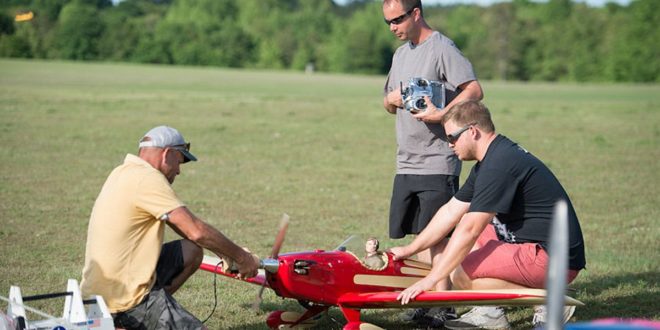EAA AVIATION CENTER, OSHKOSH, Wisconsin — The FAA’s proposed rules for integrating drones into the National Airspace System “is an overreaching answer and threatens traditional pathways into manned aviation,” according to the Experimental Aircraft Association.
As part of its official comments submitted on March 2, 2020, to the FAA’s Notice of Proposed Rulemaking (NPRM) docket about the requirement for remote identification of drones, EAA noted that in the agency’s attempt to come up with regulations to keep pace with burgeoning Unmanned Aerial Systems (UAS) technology, it “has harmed the freedoms and longstanding safe operations maintained by the traditional model aviation community.”
“That community has little in common with the UAS operations that the FAA seeks to regulate, especially in such areas as non-line-of-sight operations and within controlled airspace,” EAA officials note.
“EAA fully understands the need to regulate UAS operations for public safety while safely integrating them into the national airspace,” said Sean Elliott, EAA’s vice president of advocacy and safety. “This FAA proposal, however, simply issues blanket regulations for all unmanned aerial operations, regardless of safety or compliance history. It threatens a long-successful pathway for people to engage in flight.”
EAA offered several alternatives to the proposed regulations, including:
- Registration requirements for multiple traditional model aircraft owned by a specific operator can remain as a single registration, not separate registrations for each aircraft
- Creation of a notification system not reliant on immediate, on-site internet connectivity
- Establishment of FAA-recognized identification areas, such as model aircraft flying fields, directly with the FAA via a time-proven system such as FAA’s Web-based Operations Safety System
In January, EAA and other general aviation organizations had asked for a 30- to 60-day extension to the comment period, to allow all stakeholders to thoroughly review the 300-plus page NPRM and offer additional well-researched comments. The FAA rejected that request, stating that an extension was not in the public interest. Still, more than 44,000 comments were posted to the FAA docket, which is an extraordinary number considering most FAA NPRMs draw fewer than 1,000 comments, EAA officials said.
“The unusually fast turnaround for this comment period has consequences that may include having to go back and fix bad decisions that were made in haste, while not using risk-based criteria,” Elliott said. “EAA is also concerned that rushed regulations set precedents that may eventually affect manned recreational aircraft operations, which is unacceptable.”
 Unmanned Aerial Vehicle The latest drone news
Unmanned Aerial Vehicle The latest drone news




